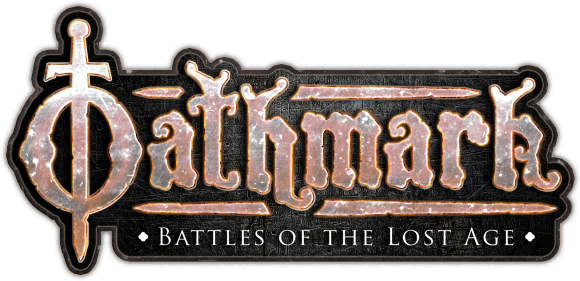Well...here we are again...
After completing the build of the tiles and adding the necessary features (hills and pond), it was now time to turn my attention to surfacing the tiles. Continuing to follow the process outlined on the Quindia Studios Blog, I opted to surface my boards with a Grass mat. Luckily I happened to have one that was laying around unused and unloved....so this was a perfect application for it.
I liked the reuse of unloved materials with this process, but I had one major concern. The grass mat I had was a 6'x4'...which is exactly the size of the area that I was needing to cover...my concern being that the hills would require more cloth than a flat tile and perhaps I wouldn't have enough cloth to completely cover my tiles. But I figured it was close enough and if I was careful about piecing out the grass mat I should have sufficient material...so I plowed boldly ahead!!!
Starting with the "Open Terrain" tile I cut a piece of Grass mat just slightly larger than the tile. To attach the Grass mat to the foam and frames I relied, once again, on Wood Glue....this was applied to the foam and then spread around with a moist paint brush to insure good coverage.
 |
| FYI this is NOT enough Glue...Twice this amount is about right |
|
The piece of grass mat was flipped over and moistened by spraying it with water from a hand sprayer. We are looking to loosen up the fibers of the felt backing enough to let it stretch a bit...but not making it so damp that the flocking starts to fall off. I think that the extra moisture also facilitates a bond with the wood glue.
This was then flipped over and laid carefully on the tile and thoroughly smoothed down with my hands...making sure to smooth the entire tile.
It was then set aside to dry as I moved on to the next tile.
NOTE: Particular attention must be paid to the edges of the boards where you want to make sure you get a good seal. I found, to my consternation, that some of mine were not glued properly at the edges once they dried...but it was a simple mater to go back and apply some more glue to those specific areas.
Once you are confident that the edges are sufficiently adhered to the frame and glue is dry...then it is time to trim the edges. This is done with a very sharp knife...Clarence recommended a Exacto knife with a new blade...as pictured here.
I found this to work but I was going through blades like crazy so I switched and started using one of the many cheapo box cutters that I had in my workshop. These worked great...and when a blade started to get a bit dull and started to catch on the fabric I simply clicked out a new blade and kept cutting. I think I got these for $.50 a piece in the check out isle at Home Depot. I'll be getting a few more!
Being a bit nervous about the process at first I focused on the three completely flat tiles...the Open Terrain, S-Curve Road, and Farmstead Road tiles to be specific. For the two tiles with road sections I glued the cloth down right over the marker road I had drawn previously...it was really just there for planning and visualization purposes. Once the Glue had had a couple of hours to set I redrew the roads onto the mat and then cut them out with a sharp knife (box cutter)...carefully removing the unneeded pieces of grass mat.
Don't worry if you cut into the foam itself during this process (I doubt you could avoid doing so!) ...any cut marks you made will be hidden in later steps. This leaves the road sections nicely defined and slightly "sunken" from the areas surrounding them. This affect will be further enhanced in future steps.
Things got slightly trickier with the hill sections. For the Large Hill and Pond Tile the difficulty came in trying to get the cloth to lay smoothly over the contour of the hill. This was somewhat aided by the dampened cloth which could be stretched slightly to accommodate the shape to some extent...however...I was still left with a small "bunched" area of cloth at one end of the hill.
Luckily I plan for this area to be an exposed rocky cliff so I will be able to cut out most of this excess cloth leaving only one short seam to be disguised by later efforts.
You can see that I also removed the cloth piece that was covering the pond.
For the castle hills the cloth "behaved" a bit better as the hills are not as steep. My main problem with them was that I was running out of cloth. I solved this problem on the large hill by using small pieces of cloth and not completely covering the road section. Omitting this piece of cloth (which would have been cut out anyway) provided me with the extra couple of inches needed to insure coverage of all the panels. It was a near run thing... but it all worked out.
 |
| Large Castle hill with Roads and cliffs cut out |
In the next step we will start adding some texture to the roads with wood filler....time to get some life back on these boards...right now they look like well manicured putting greens! Which is not really the effect I'm looking for...:)
Cheers for now!
Blue























































